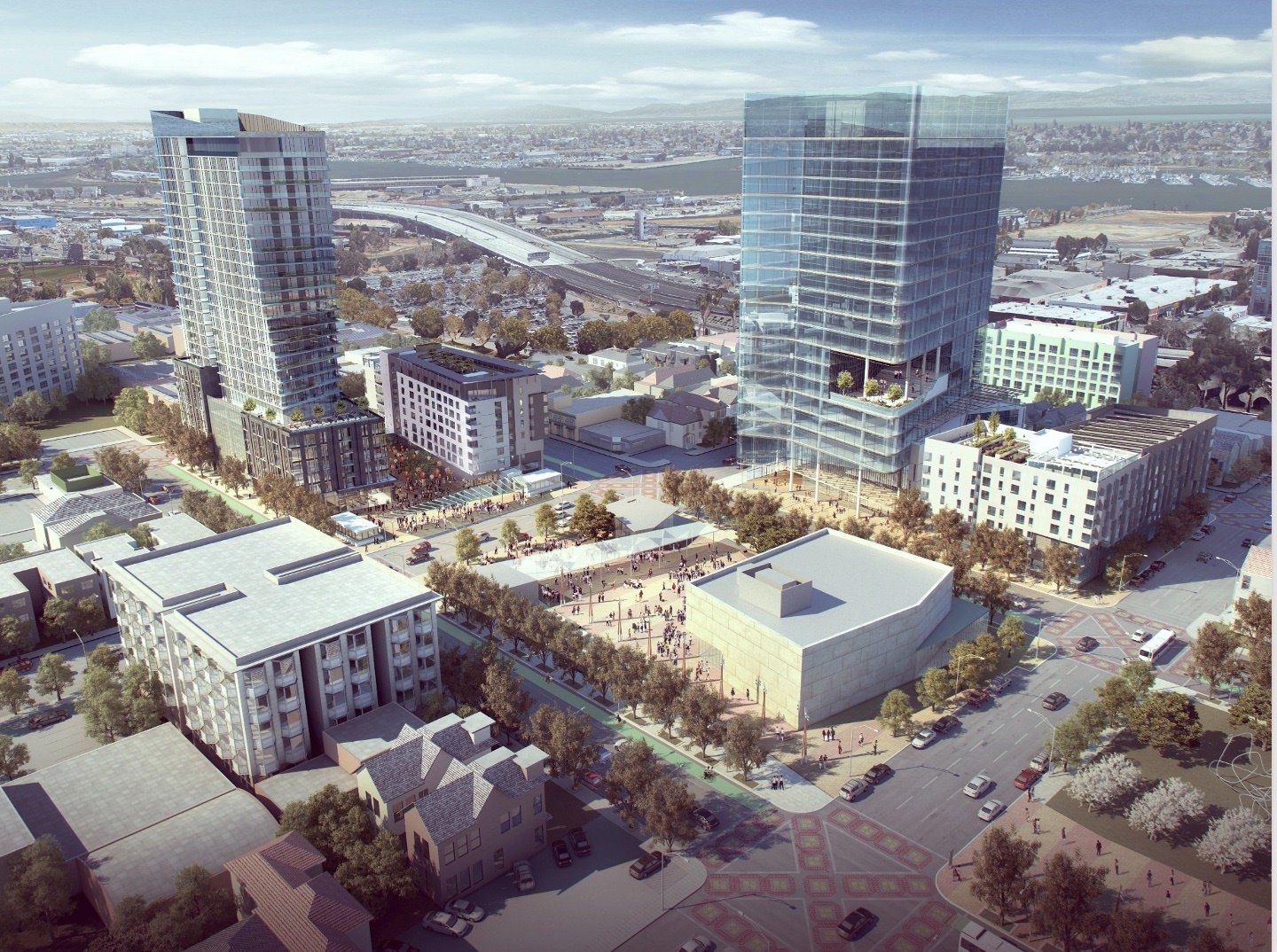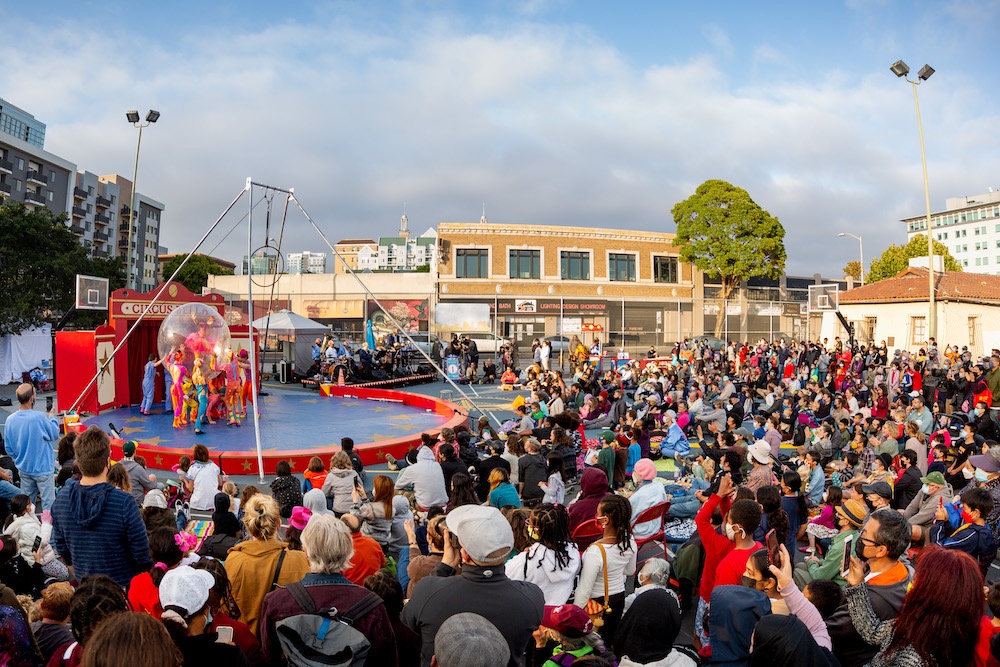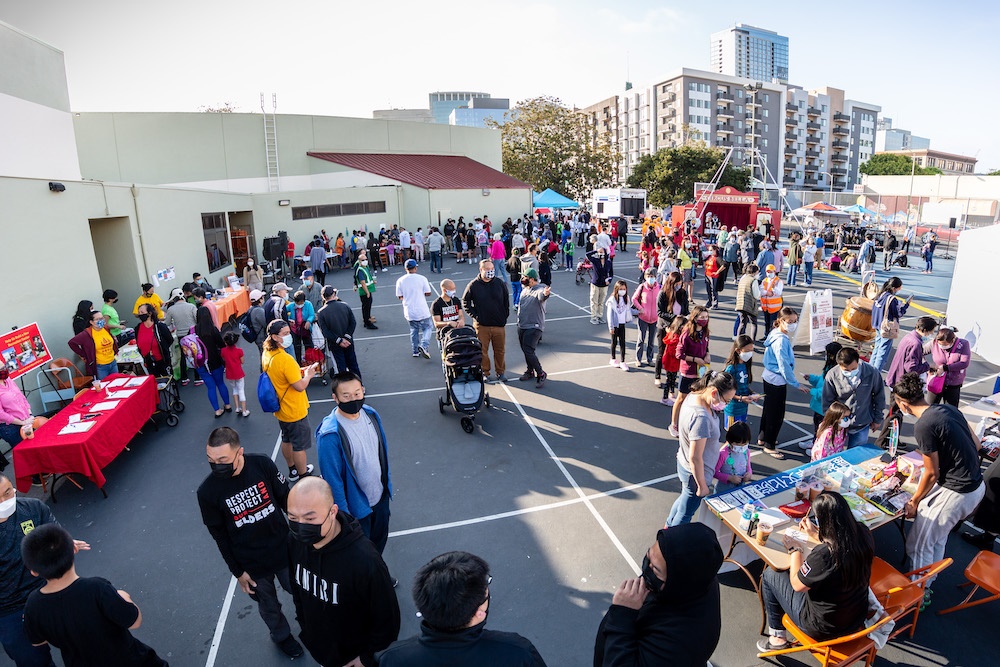The redevelopment of the area around a Bay Area Rapid Transit (BART) station in Oakland's Chinatown weighed heavily on the staff at East Bay Asian Local Development Corporation (EBALDC). The station itself had disrupted Chinatown, displacing residents when it opened in the 1970s. And as EBALDC began working on redevelopment around the station, including affordable housing and 550,000 square feet of commercial space, staff had to balance the need for practical development while keeping the culture of the community front and center.
It's a balancing act undertaken by many community development nonprofits based in communities that are also cultural enclaves. "Talking about the preservation of Chinatown in the midst of the need for development is an important discussion,"says Vicki Shu, who works in resource development and communication for EBALDC. "And not just for Chinatown – for cultural centers all across the country."

"Chinatowns have historically been places formed partially out of choice of the residents but also out of fear, self-preservation and protection from a racist and anti-Chinese culture,"explains Chiu, who was born in New York City's Chinatown before moving with his family to San Jose, then Oakland, where his wife's family dates back to 1906. "That also created a sense of a tightknit community."Residents who live there want to take care of the neighborhood and each other.
No matter how Chinatown has changed over the years, says Shu, it has retained its identity as a cultural center. "Even if you've moved away, you come back. Chinatown has stayed rooted in this cultural mindset.”
Though she lives in a home about 10 minutes away, Peggy Woon remains involved in the community she grew up in. She still attends the same church, Chinese Community United Methodist, at the heart of Chinatown. She's an active volunteer, she says, having story time with the preschoolers for 25 years. And she has a condo in Chinatown, too. She couldn't think of staying away for long.
"Probably the strongest connection is the church, having been brought up in it since I was 4 years old," Woon says. "Chinatown is where I often hear our village dialect spoken (Toishanese) and it reminds me of my parents. I love to shop the local markets for groceries, especially for veggies. I want Chinatown to thrive ..."
Chiu says of Chinatown: "It is very much a cultural home."
Being a cultural home is one thing many surviving Chinatowns have in common. Another: Many

Located as they are, at the center of things, makes this community – and others like it – susceptible to displacement due to infrastructure. Interstate 880 goes through Oakland's Chinatown. Then, the BART station. In Washington, D.C., where Shu lived and worked, it was what is now Capital One Arena that encroached on the district's Chinatown. It happens often in Black neighborhoods, also divided by freeways, Chiu says. "The people who get displaced are the ones who have the hardest time fighting back.”

And as communities move forward, the question of how to develop and build remains a central question. How do you retain the symbolism and the imagery? How do you make it a living neighborhood that is also practical? To do those things, Chiu offers, you need affordable housing, great schools, and great public parks and recreation centers, like the one that recently opened in Los Angeles's Little Tokyo. There needs to be support for local, multi-generational businesses to continue.
Shu says community engagement is key to making sure community members have their say. "Hearing from residents, community leaders, business owners, residents, and other community stakeholders is central to our Healthy Neighborhoods approach to community development. We do not just construct buildings, we build community."
It's about understanding the overall needs of the neighborhood, Chiu adds. "That's why EBALDC does our work,"says Chiu. "To maintain the neighborhood as a living place that's not a ghost of what it was. The nature of immigration may have changed, but [Chinatown] is still a cultural hub. It's still a place that serves a function in our collective memory and experience. It's still a place that matters.”
Banner photo: Jonathan Fong

